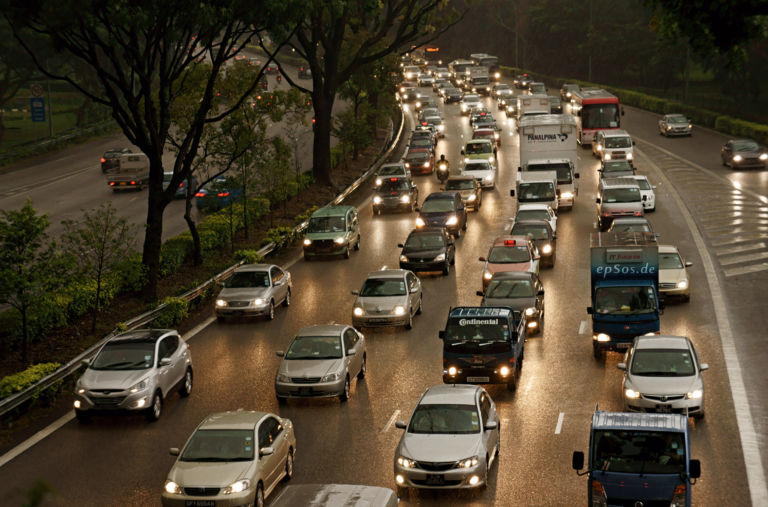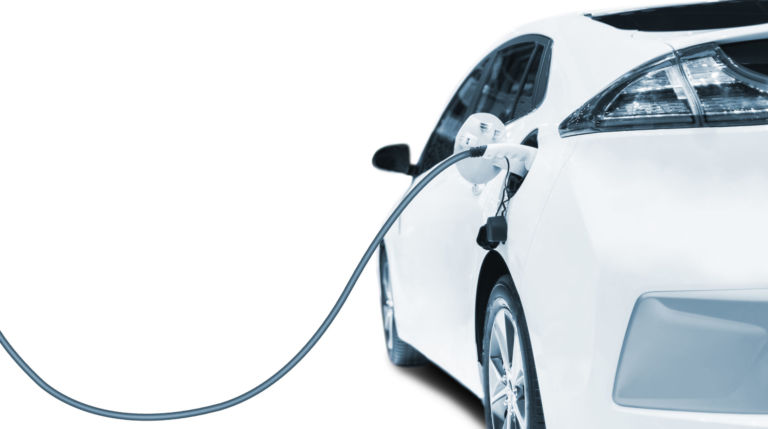David McGarry explains for the Washington Examiner why President Biden’s green agenda won’t work.
President Joe Biden and congressional Democrats have made historic (i.e. expensive) taxpayer investments in green energy. His administration has paired these expenditures with ill-conceived regulatory proposals to electrify Americans’ cars, green appliances, and much more.
Biden aspires to rid the power sector of “carbon pollution” by 2035. However, meeting this benchmark would require a stunning, and likely unattainable, acceleration of green-energy infrastructure construction. And, of course, taxpayers will be the ones paying.
In the last two decades, the U.S. has constructed 70,000 megawatts (MW) of solar photovoltaics and 141,000 MW of on-land wind (through 2022). By contrast, the Department of Energy hopes by 2035 to amass 900,000 MW of solar photovoltaics and 500,000 MW of on-land wind generation. This would constitute 13-fold and 3.5-fold increases in solar and wind, respectively, in just more than a decade.
Once generated, green electricity requires transmission lines to reach consumers. A glaring problem is that America lacks too many of these transmission lines. The New York Times reports that, “Already, a lack of transmission capacity means that thousands of proposed wind and solar projects are facing multiyear delays and rising costs to connect to the grid. In many parts of the country, existing power lines are often so clogged that they can’t deliver electricity from wind and solar projects to where it is needed most and demand is often met by more expensive fossil fuel plants closer to homes and businesses.” To meet Biden’s 2035 benchmark, America must more than double transmission capacity, according to a federal estimate.
Additionally, green-energy infrastructure requires far more square mileage than fossil-fuel-generated electricity. To meet Biden’s benchmarks, “In total, the amount of land needed for wind and solar, even if the solar is co-located with wind turbines, will be larger than the area Montana and North Dakota combined,” writes economist Jonathan Lesser.


